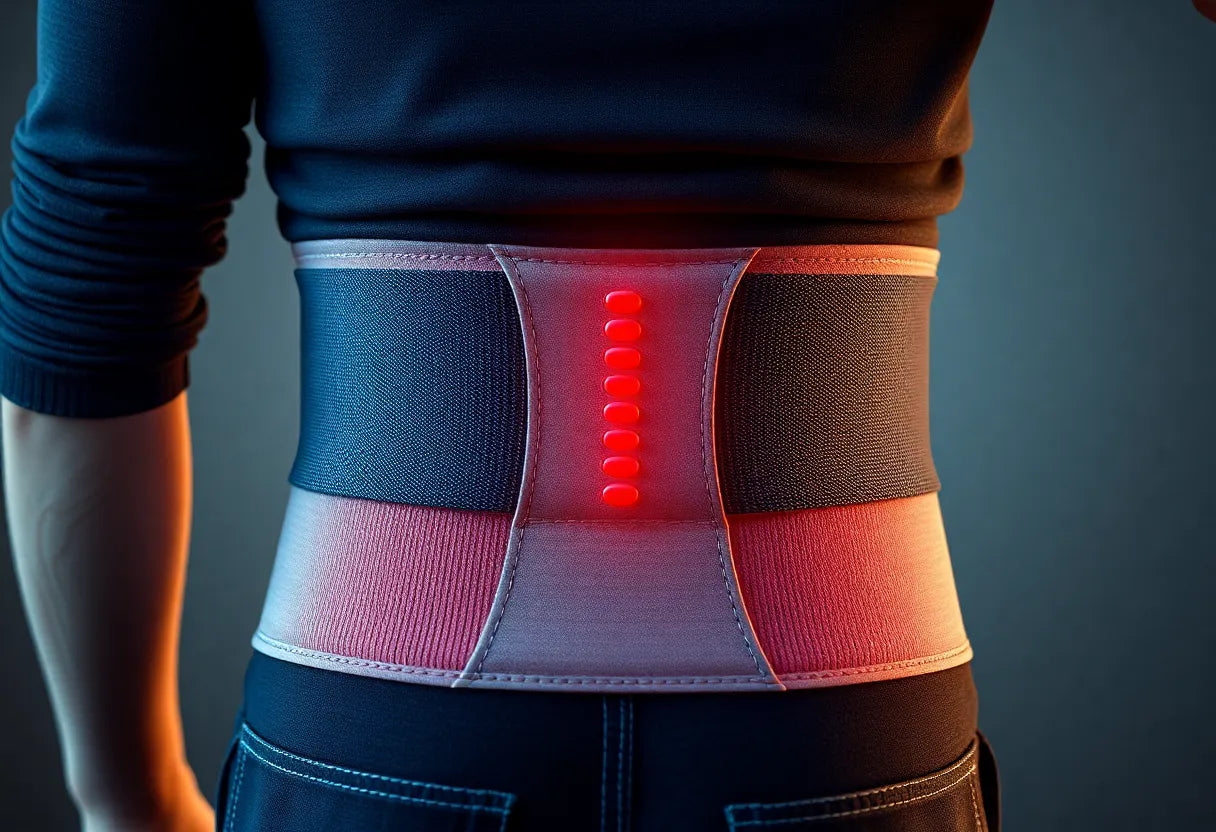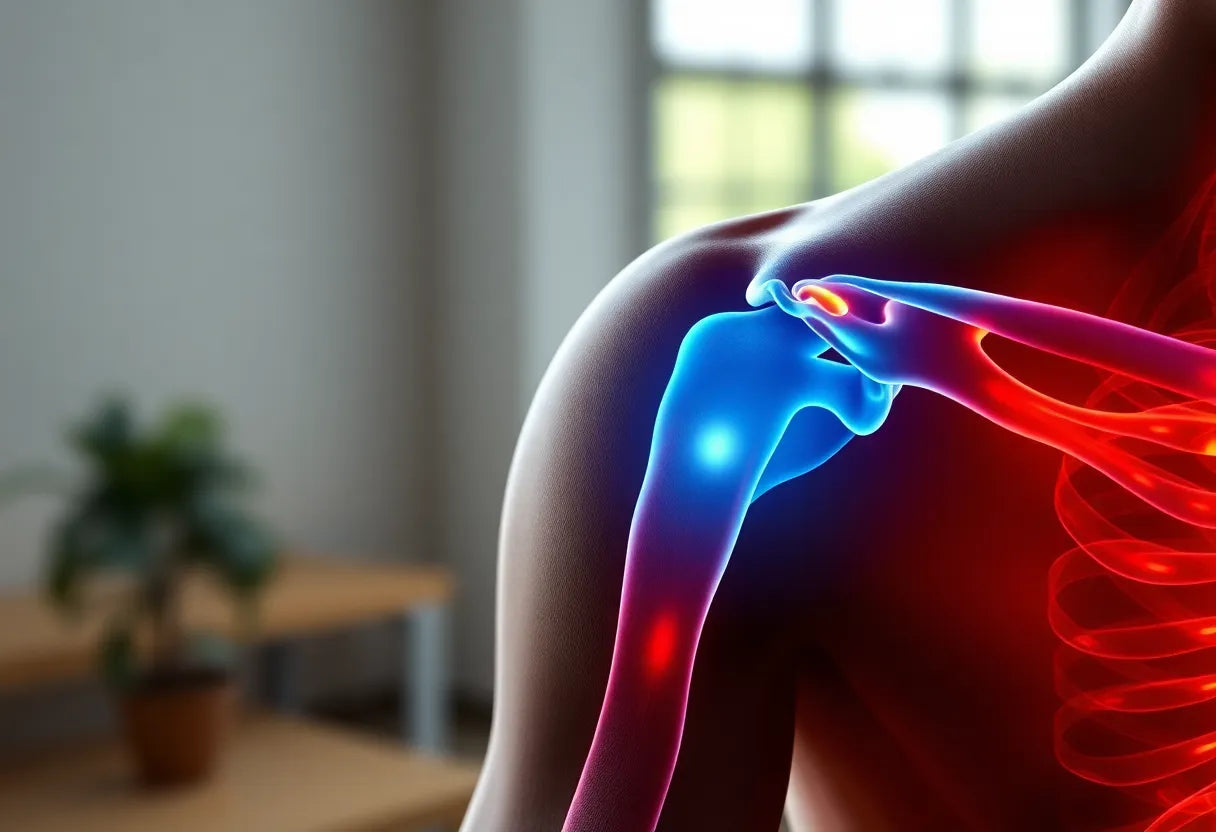Strong glutes are more than just an aesthetic goal; they are essential for functional strength, posture, and injury prevention. As the powerhouse of the lower body, well-developed glutes contribute significantly to athletic performance and daily activities, making them a popular focus in fitness routines. Whether you're a professional athlete or someone looking to enhance your overall fitness, incorporating effective glute exercises into your workout regimen is crucial.
understanding the importance of glute exercises
Glute exercises play a vital role in enhancing lower body strength and overall fitness. The glutes, comprising the gluteus maximus, medius, and minimus, are key muscles responsible for movement and stability. Training these muscles can improve your posture, boost your athletic capabilities, and protect you from injuries. As the fitness landscape evolves, there's a growing consensus among experts about the most effective exercises to target these muscles, making it easier for individuals to achieve their fitness goals.

Men's Posture Shirt™ - Black
Patented shirt designed to activate back muscles, relieve tension, and improve posture for work, exercise, or leisure.
why focus on the best glute exercises?
With the rise in popularity of glute training, finding the best exercises can be overwhelming due to the competitive landscape filled with countless routines and advice. However, by focusing on scientifically-backed exercises and expert recommendations, you can streamline your approach to glute training. This guide aims to provide a comprehensive look at the top glute exercises, offering a blend of gym-based and at-home options that cater to various fitness levels and preferences.
Our selection of exercises is designed to maximize glute activation and enhance muscle growth, ensuring you get the most out of your workouts. By following this guide, you'll be equipped with the knowledge to unlock your best glutes, improving not only your physique but also your functional strength and overall well-being.
understanding glute anatomy and function
The glutes are composed of three main muscles: the gluteus maximus, gluteus medius, and gluteus minimus. Each muscle plays a crucial role in movement and stability. The gluteus maximus, being the largest muscle in the body, is primarily responsible for hip extension, outward rotation, and maintaining an upright posture. The gluteus medius and minimus, located on the outer surface of the pelvis, are pivotal for stabilizing the pelvis and supporting lateral movements. Understanding the anatomy and function of these muscles helps in selecting and performing exercises that effectively target and strengthen each part of the glute complex.

Women's Posture Shirt™ - Black
Supports posture, relieves pain, and activates muscles using patented Neuroband™ technology for women.
top exercises to enhance your glute strength
Incorporating a variety of exercises into your routine can ensure comprehensive development of the glutes. Below is a curated list of exercises that blend gym-based and at-home options, each emphasizing correct form and the principle of progressive overload to enhance muscle growth and strength.
hip thrust / glute bridge
These exercises are renowned for maximizing glute activation. The hip thrust, often performed with a barbell, allows for significant resistance, targeting the gluteus maximus effectively. The glute bridge, which can be done with body weight or added resistance, is ideal for beginners and offers a great introduction to glute-focused training.
How to Perform: For the hip thrust, sit on the ground with your upper back resting against a bench, feet flat on the floor. Place a barbell across your hips, brace your core, and drive your hips upward by squeezing your glutes until your torso is parallel to the ground. For the glute bridge, lie on your back with knees bent and feet flat, then lift your hips by pressing through your heels, forming a straight line from shoulders to knees.
bulgarian split squat
This exercise enhances unilateral strength and specifically targets the glutes and quads. By focusing on one leg at a time, it helps correct muscle imbalances and improves overall stability.
How to Perform: Stand a few feet from a bench, extending one leg back to rest your foot on the bench. Lower your body by bending your front knee until your thigh is parallel to the floor, then push back up through your heel, engaging your glutes throughout the movement.
squats (back & smith machine)
As a compound movement, squats engage multiple muscle groups, with a significant focus on the glutes. Back squats allow for heavy loading, which is essential for muscle growth, while the Smith machine can offer added stability for beginners.
How to Perform: Position the barbell across your upper back, feet shoulder-width apart. Lower your body by bending your knees and hips until your thighs are at least parallel to the ground, then drive back up through your heels to a standing position. Ensure your knees track over your toes to maximize glute engagement.
walking lunges
Walking lunges provide a dynamic stretch and contraction, making them highly effective for glute hypertrophy. This exercise also improves balance and coordination.
How to Perform: Step forward with one leg, lowering your hips until both knees are bent at about a 90-degree angle. Push through your front heel to bring your back leg forward into the next lunge. Maintain an upright posture and engage your core throughout the movement.
machine hip abductions
This exercise targets the gluteus medius, which is crucial for hip stability and lateral movements. A slight forward lean can enhance muscle activation.
How to Perform: Sit on the abduction machine with your legs placed against the pads. Push your legs outward as far as possible, then slowly return to the starting position. Focus on controlled movements for optimal effectiveness.
step-ups
Step-ups are excellent for building unilateral strength and improving glute stabilization. They can be performed with or without added weights for increased difficulty.
How to Perform: Stand in front of a bench or step. Place one foot on the bench and press through your heel to lift your body up, then step back down. Alternate legs to ensure balanced development.
kickbacks
Kickbacks isolate the upper glute, focusing on hip extension. They can be performed on all fours or with a cable machine.
How to Perform: From a tabletop position, extend one leg back and upward, squeezing the glute at the top of the movement. Lower the leg back down and repeat. Ensure your core is engaged to prevent lower back strain.
clamshells
Perfect for at-home workouts, clamshells target the gluteus medius. They can be made more challenging with resistance bands.
How to Perform: Lie on your side with knees bent and feet together. Open your top knee while keeping your feet touching, then slowly lower it back down. Focus on controlled movements for maximum muscle activation.
latest trends in glute training
As we move into 2025, the fitness community continues to emphasize the importance of progressive overload and range of motion in glute training. Progressive overload, the gradual increase of stress placed on the body during training, is crucial for achieving continual gains in muscle strength and size. This approach is widely advocated by fitness experts and is supported by numerous studies highlighting its effectiveness in muscle hypertrophy.
Moreover, exercises that incorporate a full range of motion, such as deep squats and lunges, are gaining popularity for their ability to maximize muscle activation. These movements not only enhance muscle growth but also improve flexibility and joint health, making them a staple in many workout routines. Additionally, the fitness landscape is seeing a rise in the use of science-driven rankings and tier lists, which provide transparency and authority to exercise recommendations, helping individuals make informed decisions about their training.
practical tips for effective glute training
Incorporating the best glute exercises into your routine requires attention to detail and consistency. Here are some practical tips to help you get the most out of your workouts:
- Frequency: Aim to train your glutes 2-3 times per week, allowing at least 48 hours of recovery between sessions to avoid overtraining and promote optimal muscle growth.
- Reps and Sets: For hypertrophy, focus on 3-4 sets of 8-12 reps per exercise. Adjust the weight to ensure the last few reps are challenging while maintaining proper form.
- Recovery: Prioritize recovery through adequate sleep, hydration, and nutrition. Consider incorporating active recovery techniques such as stretching and foam rolling to aid muscle repair.
- Nutrition: Support your training with a balanced diet rich in protein, healthy fats, and carbohydrates to fuel muscle growth and recovery.
frequently asked questions
how do I activate my glutes better?
To enhance glute activation, focus on the mind-muscle connection by consciously squeezing your glutes during exercises. Incorporate a proper warm-up routine with dynamic stretches and activation drills, such as clamshells or banded walks, to prepare your muscles for the workout. Selecting exercises that allow for a full range of motion can also improve activation.
what’s the difference between hip thrust and glute bridge?
Both exercises target the glutes but differ in setup and intensity. The hip thrust involves resting your upper back on a bench and can be loaded with a barbell for increased resistance, making it more suitable for advanced lifters. The glute bridge is performed on the floor, typically with body weight or light resistance, and is ideal for beginners or those focusing on form and activation.
can I do these exercises at home without equipment?
Yes, many glute exercises can be adapted for home workouts. Bodyweight variations of squats, lunges, and bridges are effective. Resistance bands can add intensity without requiring heavy equipment. For added challenge, household items such as water bottles or backpacks can be used as weights.
how often should I train my glutes for optimal results?
Training your glutes 2-3 times per week is recommended for optimal results. This frequency allows for sufficient stimulus and recovery, promoting muscle growth while preventing overtraining. Ensure you include a variety of exercises targeting different aspects of the glutes.
what are common mistakes to avoid in glute exercises?
Common mistakes include improper form, such as allowing knees to cave in during squats or lunges, and neglecting the full range of motion. Avoid using excessive weight that compromises technique, and ensure you engage your core to prevent lower back strain. Focus on controlled movements and prioritize quality over quantity.
Kilder
- Elevate Physical Therapy and Fitness. (2023). "Glute Exercises."
- Rehab Hero. (2023). "The Best Glute Exercises."
- ACE Fitness. (2023). "Strength Training the Glutes: An Evidence-Based Approach."
- Journal of Strength and Conditioning Research. (2020). "Gluteal Muscle Activation During Common Exercises."
- Built with Science. (2023). "The Best Glute Exercises."
- International Journal of Environmental Research and Public Health. (2021). "Effects of Gluteal Exercises on Muscle Strength and Size."
- NSCA. (2023). "Program Design Considerations for Optimal Strength and Hypertrophy of the Glute Muscles."
- Cleveland Clinic. (2023). "Glute Exercises."


















